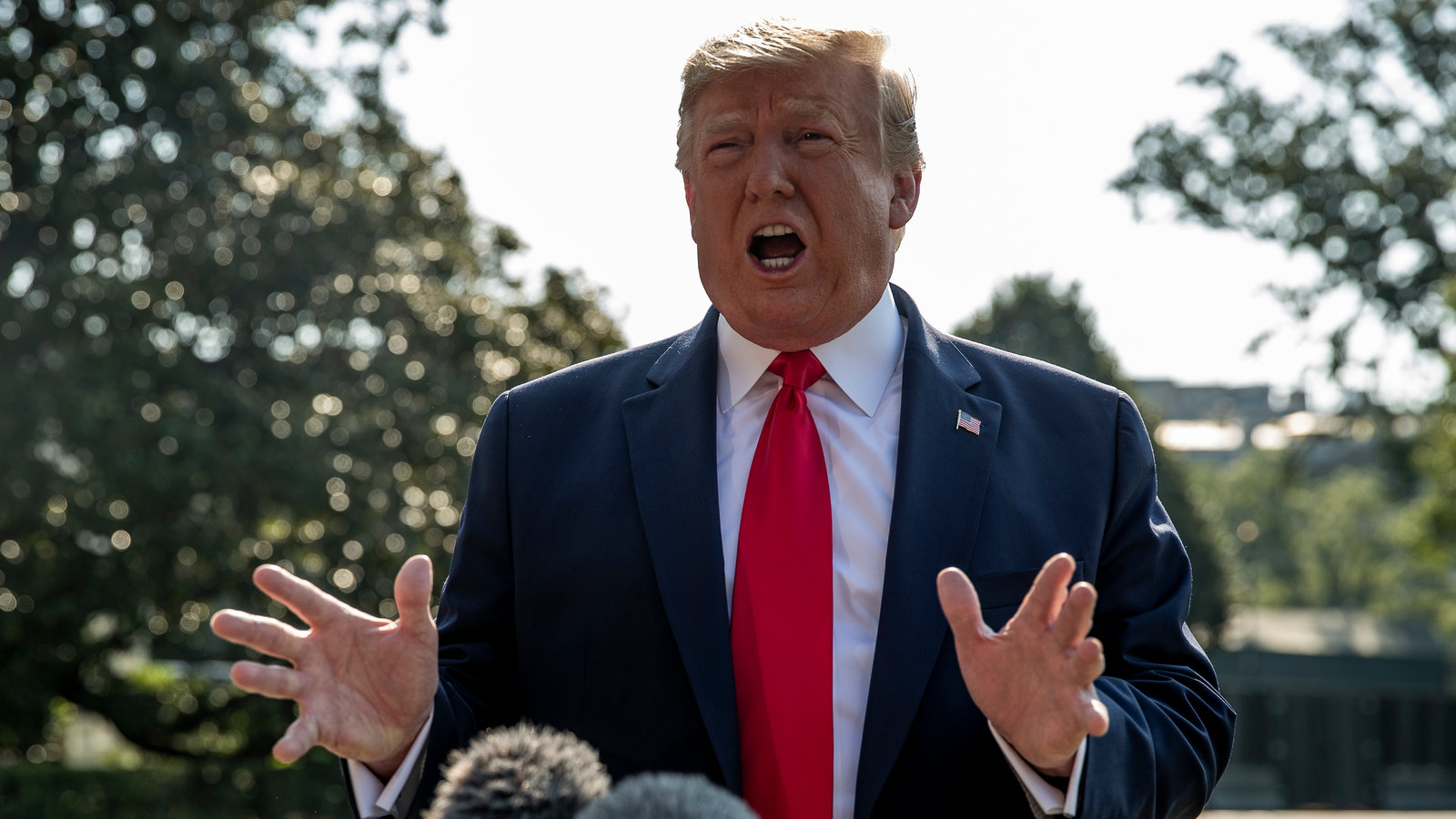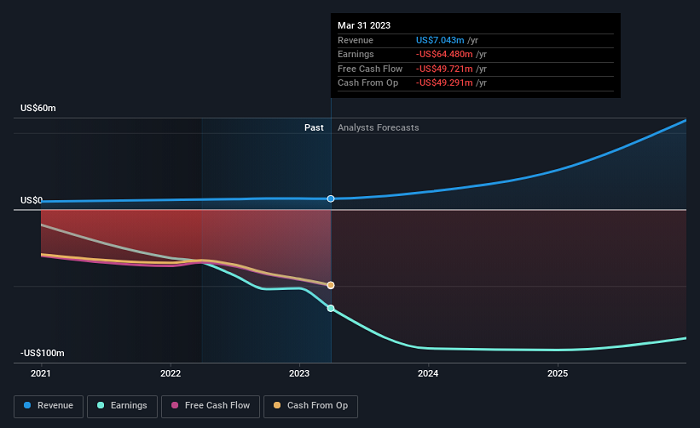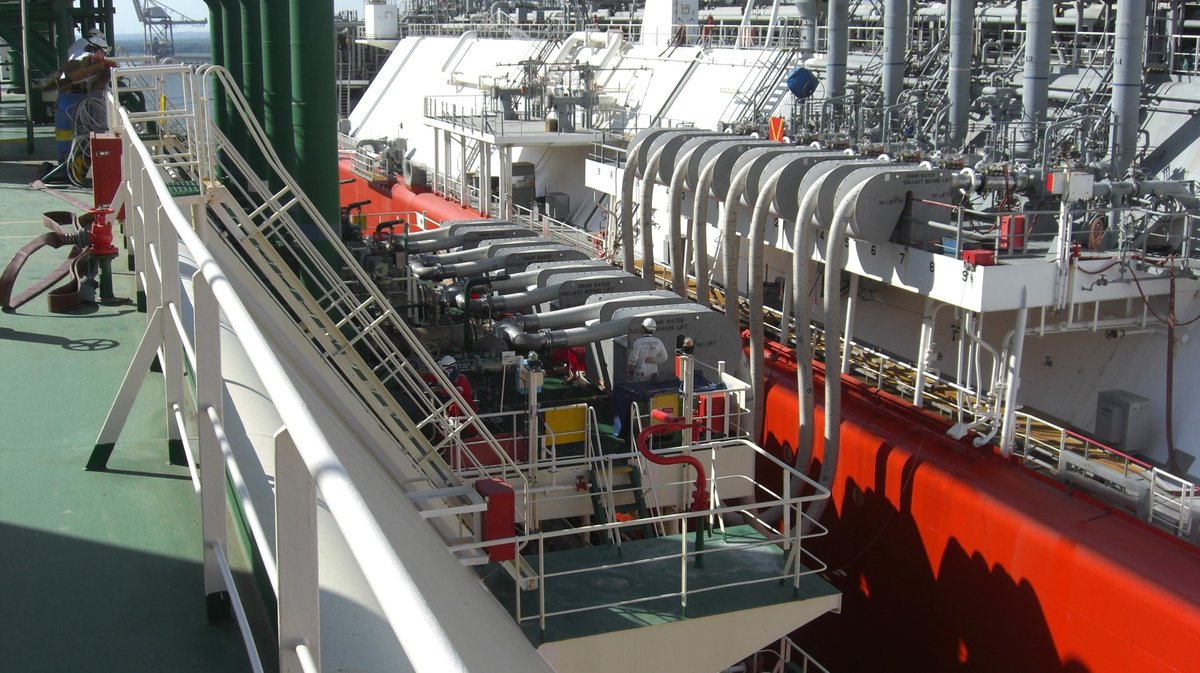Are Trump's Promised Manufacturing Jobs Coming Back To America?

Table of Contents
The Trump Administration's Trade Policies and Their Impact on Manufacturing
The Trump administration implemented significant changes to US trade policy, primarily through the use of tariffs and renegotiation of existing trade agreements. Let's examine their impact on American manufacturing jobs.
Tariffs and their effect on domestic and foreign manufacturers
The Trump administration imposed tariffs on a range of imported goods, notably steel and aluminum. The stated goal was to protect American manufacturers and create jobs by making imported goods more expensive.
- Examples of specific tariffs: 25% tariffs on steel imports from several countries, 10% tariffs on aluminum.
- Resulting price increases: These tariffs led to increased prices for American businesses that used steel and aluminum in their manufacturing processes, potentially impacting their competitiveness.
- Job creation claims vs. reality: While the administration claimed job creation, the actual impact was complex and debated. Some domestic steel and aluminum producers may have benefited, but the increased costs for other manufacturers potentially offset any job gains.
- Impact on consumer prices: Tariffs contributed to higher prices for consumers on various goods, impacting their purchasing power.
Renegotiated Trade Deals (USMCA)
The renegotiation of NAFTA, resulting in the USMCA (United States-Mexico-Canada Agreement), was another significant trade policy change. The aim was to create a more balanced trade agreement beneficial to American manufacturers.
- Key changes to USMCA: Increased rules of origin for automobiles, aiming to boost North American production, and changes to intellectual property protections.
- Impact on automotive manufacturing: The changes aimed to incentivize more automotive production within North America, potentially creating jobs in the US. However, the overall employment impact is still being assessed and debated.
- Employment statistics before and after renegotiation: Analyzing employment data in the automotive sector before and after the implementation of USMCA is crucial in evaluating its effectiveness in creating American manufacturing jobs.
Automation and Technological Advancements
While trade policy plays a role, it's crucial to acknowledge the significant impact of automation and technological advancements on the manufacturing sector.
The Role of Automation in Manufacturing Job Displacement
Automation and robotics have significantly increased efficiency and productivity in manufacturing, leading to job displacement in certain sectors.
- Statistics on automation's impact: Studies show a correlation between automation and a reduction in certain manufacturing jobs, particularly those involving repetitive tasks.
- Types of jobs most affected: Jobs involving assembly line work, simple repetitive tasks, and basic machine operation are most vulnerable to automation.
- The future of automation in manufacturing: Automation is expected to continue its transformative impact on manufacturing, necessitating adaptation and workforce retraining.
Reshoring and Nearshoring Trends
Despite the challenges, some companies are reshoring (bringing manufacturing back to the US) or nearshoring (moving production to nearby countries).
- Examples of companies reshoring or nearshoring: Several companies, driven by factors like supply chain resilience and geopolitical concerns, have begun to relocate some manufacturing operations closer to home.
- Reasons for this trend: Concerns about supply chain disruptions, geopolitical instability, and a desire for greater control over production are driving reshoring and nearshoring initiatives.
- Limitations and challenges: Reshoring and nearshoring face limitations due to higher labor costs in the US compared to many other countries.
Overall Employment Numbers in the Manufacturing Sector
Analyzing manufacturing employment data provides a clearer picture of the impact of various factors, including trade policies and automation.
Analyzing Manufacturing Job Growth During and After the Trump Administration
Examining manufacturing job growth under the Trump administration requires comparison with previous administrations and considering various economic factors.
- Employment figures: Data from the Bureau of Labor Statistics (BLS) can be used to track manufacturing employment trends over time.
- Sources of data (Bureau of Labor Statistics): The BLS provides comprehensive data on employment across various sectors, including manufacturing.
- Factors influencing job growth (beyond trade): Economic growth, technological advancements, and global economic conditions all influence manufacturing job growth.
The Impact of the COVID-19 Pandemic
The COVID-19 pandemic significantly impacted the manufacturing sector, causing disruptions and job losses.
- Supply chain disruptions: The pandemic exposed vulnerabilities in global supply chains, impacting manufacturing output and employment.
- Factory closures: Many factories were temporarily closed due to lockdowns and health concerns.
- Job losses and recovery: The pandemic led to job losses in the manufacturing sector, although recovery has been underway since.
Conclusion
The question of whether Trump's policies successfully brought back American manufacturing jobs is complex and doesn't have a simple yes or no answer. While some sectors, like steel, may have seen a short-term boost, the overall impact is multifaceted. Trade policies played a role, but automation and global economic conditions have exerted far greater influence on employment numbers. The COVID-19 pandemic added another layer of complexity. Analyzing manufacturing job growth requires considering the interplay of these various factors, not just focusing on trade policy alone.
Continue learning about the future of American manufacturing jobs by exploring [link to relevant resource, e.g., BLS website]. Understanding the dynamics of the American manufacturing workforce and the state of US manufacturing requires continued research and analysis.

Featured Posts
-
 Real Madrid In Yeni Teknik Direktoerue Kim Olacak Ve Arda Gueler I Nasil Etkileyecek
May 21, 2025
Real Madrid In Yeni Teknik Direktoerue Kim Olacak Ve Arda Gueler I Nasil Etkileyecek
May 21, 2025 -
 Qbts Stock Predicting The Earnings Report Impact
May 21, 2025
Qbts Stock Predicting The Earnings Report Impact
May 21, 2025 -
 Saskatchewan Political Panel Discussion The Federal Elections Significance
May 21, 2025
Saskatchewan Political Panel Discussion The Federal Elections Significance
May 21, 2025 -
 Paulina Gretzky And Husband Make Rare Public Outing
May 21, 2025
Paulina Gretzky And Husband Make Rare Public Outing
May 21, 2025 -
 Taiwan Turns To Lng Addressing Energy Needs After Nuclear Shutdown
May 21, 2025
Taiwan Turns To Lng Addressing Energy Needs After Nuclear Shutdown
May 21, 2025
Latest Posts
-
 Suomi Ryhmaen Avauskokoonpanossa Muutoksia Kaellmanin Paikka Kyseenalainen
May 21, 2025
Suomi Ryhmaen Avauskokoonpanossa Muutoksia Kaellmanin Paikka Kyseenalainen
May 21, 2025 -
 Huuhkajien Avauskokoonpano Naein Muuttuu Suomi Ryhmae
May 21, 2025
Huuhkajien Avauskokoonpano Naein Muuttuu Suomi Ryhmae
May 21, 2025 -
 Kolme Muutosta Huuhkajien Avauskokoonpanoon Benjamin Kaellman Penkillae
May 21, 2025
Kolme Muutosta Huuhkajien Avauskokoonpanoon Benjamin Kaellman Penkillae
May 21, 2025 -
 Huuhkajat Avauskokoonpanoon Merkittaeviae Muutoksia Kaellman Ulos
May 21, 2025
Huuhkajat Avauskokoonpanoon Merkittaeviae Muutoksia Kaellman Ulos
May 21, 2025 -
 Huuhkajien Avauskokoonpano Yllaetyksiae Ja Muutoksia
May 21, 2025
Huuhkajien Avauskokoonpano Yllaetyksiae Ja Muutoksia
May 21, 2025
